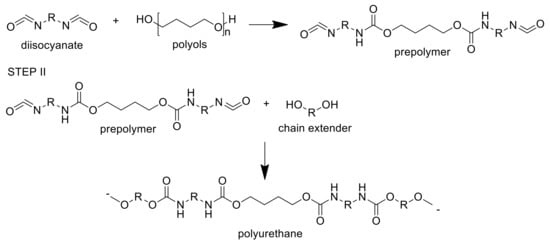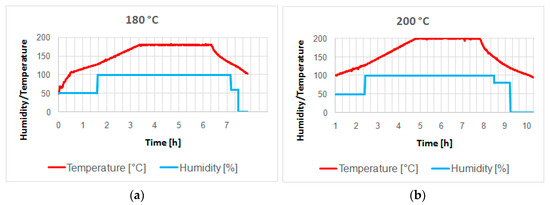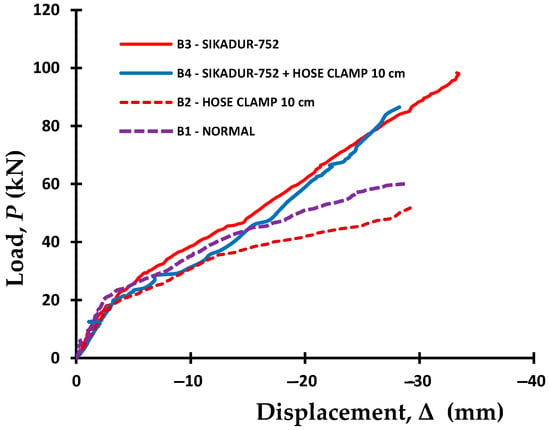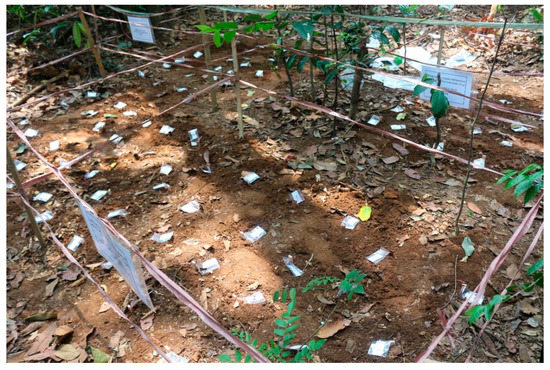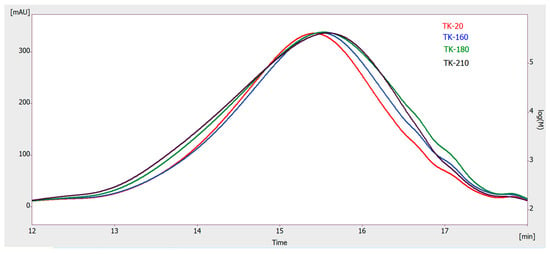Advanced Technologies in Wood Science
A topical collection in Applied Sciences (ISSN 2076-3417). This collection belongs to the section "Environmental Sciences".
Viewed by 37343Editor
Interests: wood; wood composites; lignocellulosic materials; chemical and thermal modification technologies; nanotechnology and nanomaterials; adhesives
Special Issues, Collections and Topics in MDPI journals
Topical Collection Information
Dear Colleagues,
Wood, a versatile material, has been used for centuries for many reasons due to its fibrous nature. It varies in color and density and is considered a primary raw material in buildings due to its high strength in combination with its low weight and some durability. It is, therefore, a raw material that can be used in indoor applications and, if treated efficiently, in outdoor application as well. However, wood has two main disadvantages which restrict its wider use, namely a susceptibility to biodegradability by microorganisms and a dimensional instability when subjected to a varied moisture content. Most wood species deteriorate rapidly under biological factors; the most important biological decay is caused by fungi. On the other hand, when wood is subjected to a fluctuating moisture, dimensional and conformational instability occur. These drawbacks are mainly due to the cell wall main polymers and, in particular, due to their high abundance of hydroxyl groups. Wood may be modified chemically or thermally, so that selected properties are enhanced in a more or less permanent fashion. Another option to improve these properties is to exploit the solutions that nanotechnology can offer. The small size nanoparticles of nanotechnology compounds can deeply penetrate into the wood, effectively alter its surface chemistry, and result in a high protection against moisture and decay. In addition, the use of lignocellulosic materials for the production of advanced wood composites is an innovative avenue for research. This Special Issue, Advanced Technologies in Wood Science, seeks high-quality works and topics (not only those) focusing on the latest approaches to the protection of wood and wood composites with chemical or thermal modification technologies, the application of nanomaterials to wood science and the development of new techniques and technologies for production of lignocellulosic materials with enhanced properties and performance.
Prof. Dr. Antonios Papadopoulos
Collection Editor
Manuscript Submission Information
Manuscripts should be submitted online at www.mdpi.com by registering and logging in to this website. Once you are registered, click here to go to the submission form. Manuscripts can be submitted until the deadline. All submissions that pass pre-check are peer-reviewed. Accepted papers will be published continuously in the journal (as soon as accepted) and will be listed together on the collection website. Research articles, review articles as well as short communications are invited. For planned papers, a title and short abstract (about 100 words) can be sent to the Editorial Office for announcement on this website.
Submitted manuscripts should not have been published previously, nor be under consideration for publication elsewhere (except conference proceedings papers). All manuscripts are thoroughly refereed through a single-blind peer-review process. A guide for authors and other relevant information for submission of manuscripts is available on the Instructions for Authors page. Applied Sciences is an international peer-reviewed open access semimonthly journal published by MDPI.
Please visit the Instructions for Authors page before submitting a manuscript. The Article Processing Charge (APC) for publication in this open access journal is 2400 CHF (Swiss Francs). Submitted papers should be well formatted and use good English. Authors may use MDPI's English editing service prior to publication or during author revisions.
Keywords
- wood
- wood composites
- new technologies
- protection
- moisture
- decay
- modification
- nanomaterials
- lignocellulosic materials





